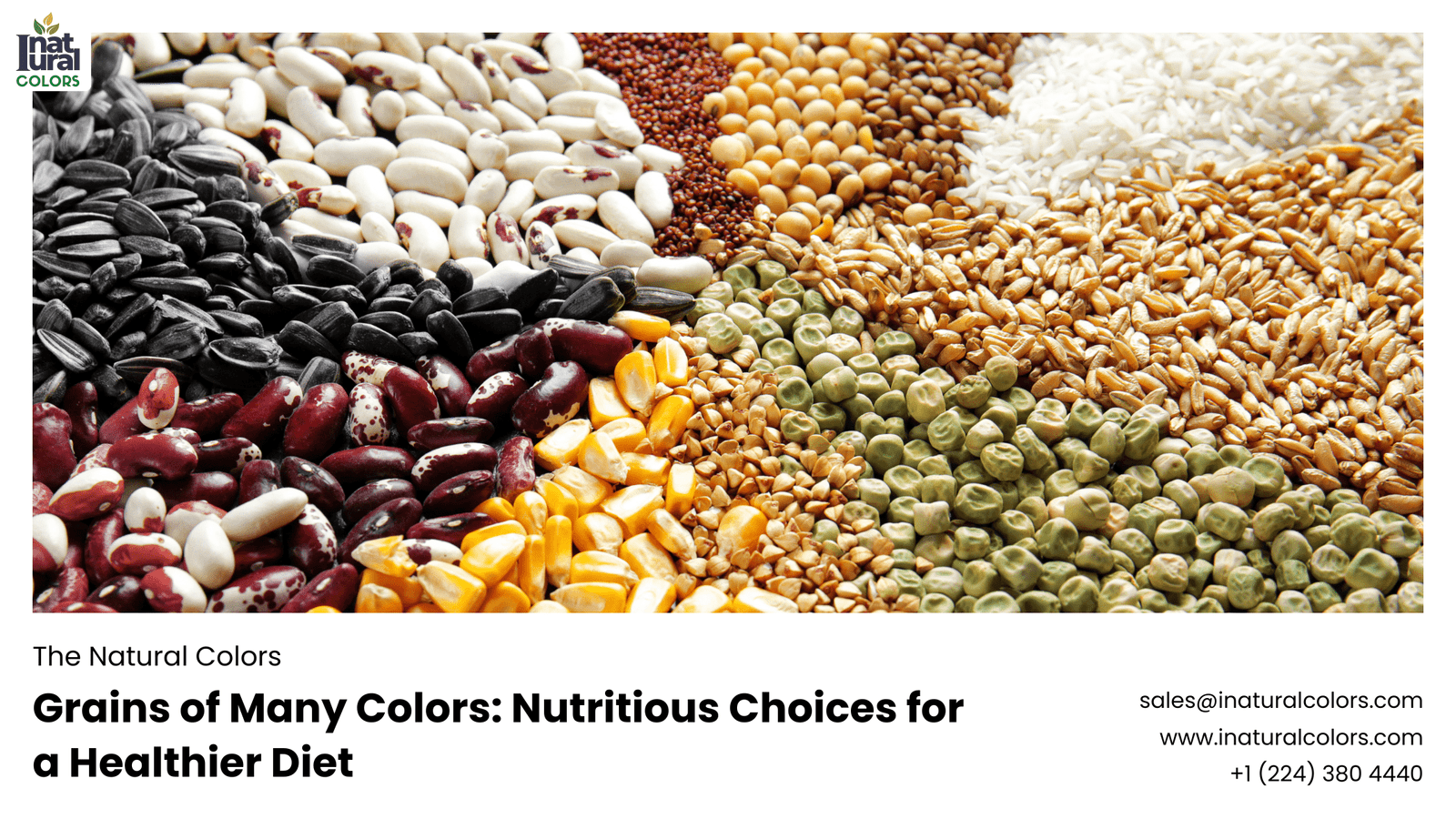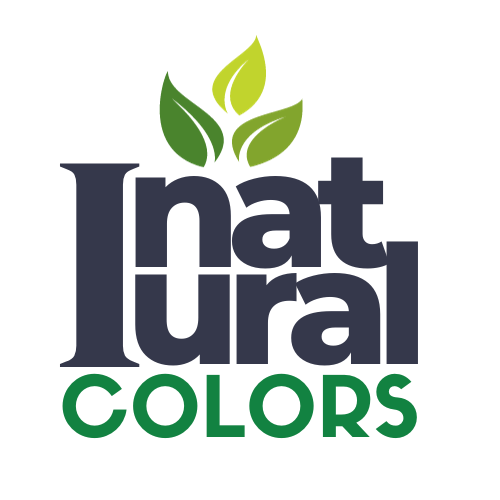Beautiful Plants For Your Interior

Introduction
In a world brimming with dietary choices, colorful grains stand out not just for their vibrant hues but also for their rich nutritional profiles. These grains, ranging from ruby red quinoa to deep purple corn, offer more than just a feast for the eyes—they pack a punch of nutrients that can boost your health. In this article, we’ll explore the benefits of these colorful grains, why they should be part of your diet, and how you can incorporate them into your meals.
The Appeal of Colorful Grains
Visual Appeal and Cultural Significance
Colorful grains are not only a treat for the palate but also for the eyes. Their vibrant colors are often associated with cultural traditions and celebrations. For instance, black rice is a staple in various Asian cuisines, symbolizing wealth and prosperity. The visual appeal of these grains makes meals more enticing and can even improve your mood, thanks to the psychological impact of bright colors.
Psychological and Emotional Effects
Eating colorful foods can elevate your mood and create a sense of satisfaction. Studies suggest that colorful foods stimulate our senses and contribute to a more enjoyable eating experience. This emotional connection can lead to healthier eating habits, as people are often more inclined to choose foods that look appealing.
Nutritional Benefits of Multi-Colored Grains
Antioxidants and Phytochemicals
One of the major advantages of colorful grains is their high content of antioxidants and phytochemicals. These compounds help combat oxidative stress and reduce inflammation in the body. For example, the anthocyanins in purple corn are known for their strong antioxidant properties, which can help protect cells from damage.
Vitamins and Minerals
Colorful grains are rich in essential vitamins and minerals. For instance, red quinoa is packed with B vitamins, which are crucial for energy metabolism and overall health. Similarly, black rice contains high levels of iron and magnesium, important for maintaining healthy blood and bone structure.
Fiber Content
High fiber content is another significant benefit of colorful grains. Fiber aids in digestion, helps maintain stable blood sugar levels, and promotes cardiovascular health. Wild rice, for instance, is a great source of dietary fiber that can improve digestive function and support overall well-being.
Popular Colorful Grains and Their Benefits
Red Quinoa
Nutritional Profile
Red quinoa is not just visually striking; it’s also a powerhouse of nutrition. It provides a complete protein source, meaning it contains all nine essential amino acids. Additionally, it’s rich in antioxidants, fiber, and various minerals.
Health Benefits
Incorporating red quinoa into your diet can help support muscle growth, boost metabolism, and enhance digestive health. Its high fiber content also aids in maintaining a healthy weight and improving heart health.
Black Rice
Unique Properties
Known as “forbidden rice” in ancient China, black rice is renowned for its unique color and high nutritional value. Its dark hue is due to the presence of anthocyanins, the same antioxidants found in blueberries.
Health Advantages
Black rice is associated with several health benefits, including improved heart health, enhanced immune function, and reduced risk of chronic diseases. Its high antioxidant content helps fight inflammation and protect against cellular damage.
Purple Corn
Nutritional Content
Purple corn stands out due to its vibrant color and high levels of anthocyanins. It’s also a good source of vitamins, including vitamin C and E, which are essential for skin health and immune function.
Potential Health Benefits
Consuming purple corn can help boost your antioxidant levels, improve cardiovascular health, and support healthy aging. Its high fiber content also aids in digestion and helps regulate blood sugar levels.
Wild Rice
Characteristics
Despite its name, wild rice is not a true rice but rather a water grass seed. It has a distinct, nutty flavor and chewy texture, making it a unique addition to various dishes.
Nutritional Advantages
Wild rice is rich in protein, fiber, and essential minerals like zinc and phosphorus. It supports heart health, promotes healthy digestion, and helps maintain a balanced diet.
Incorporating Colorful Grains into Your Diet
Meal Ideas and Recipes
Incorporating colorful grains into your diet can be both fun and delicious. Consider adding red quinoa to your salads, using black rice as a base for stir-fries, or incorporating purple corn into soups and stews. There are endless possibilities to explore!
Cooking Tips for Best Results
To get the best out of your colorful grains, follow these cooking tips:
- Rinse grains thoroughly before cooking to remove any excess starch.
- Use a 2:1 water-to-grain ratio for most grains to ensure proper texture.
- Experiment with different herbs and spices to enhance flavor.
Sustainability and Environmental Impact
Benefits of Growing Colorful Grains
Colorful grains often require fewer pesticides and fertilizers compared to conventional grains, making them a more environmentally friendly option. They also contribute to biodiversity and help preserve traditional farming practices.
Comparison with Conventional Grains
Compared to conventional grains, colorful grains can offer better soil health and reduce environmental impact. Their cultivation can help support sustainable agriculture and reduce the carbon footprint associated with food production.
Challenges and Considerations
Availability and Cost
While colorful grains are becoming more popular, they may not always be readily available or affordable. Shopping at specialty stores or online can help you find these grains, but be prepared for a higher price compared to conventional grains.
Preparation and Cooking Differences
Some colorful grains may require different cooking techniques or longer cooking times. It’s essential to follow specific instructions for each grain to achieve the best texture and flavor.
Conclusion
Colorful grains are more than just a visual delight—they offer numerous health benefits and contribute to a more sustainable food system. By incorporating these vibrant grains into your diet, you can enhance your nutritional intake, enjoy a variety of flavors, and support environmental sustainability. So, why not give them a try and brighten up your meals?
FAQs
What are the main health benefits of colorful grains?
Colorful grains are rich in antioxidants, vitamins, and minerals that support overall health. They can improve heart health, boost digestion, and provide essential nutrients that contribute to a balanced diet.
How can I find colorful grains in my local grocery store?
Look for colorful grains in specialty or health food stores, as well as online retailers. They may be available in the organic or international foods section of larger grocery stores.
Are there any specific recipes for using colorful grains?
Yes, there are many recipes available online that feature colorful grains. Consider making salads, stir-fries, or soups using red quinoa, black rice, purple corn, or wild rice.
How do colorful grains compare to regular grains in terms of taste?
Colorful grains often have unique flavors and textures compared to regular grains. For example, wild rice has a nutty taste, while black rice has a slightly sweet flavor.
What are some tips for cooking colorful grains perfectly?
Rinse grains before cooking, use the right water-to-grain ratio, and experiment with herbs and spices to enhance flavor. Follow specific cooking instructions for each type of grain to achieve the best results.



